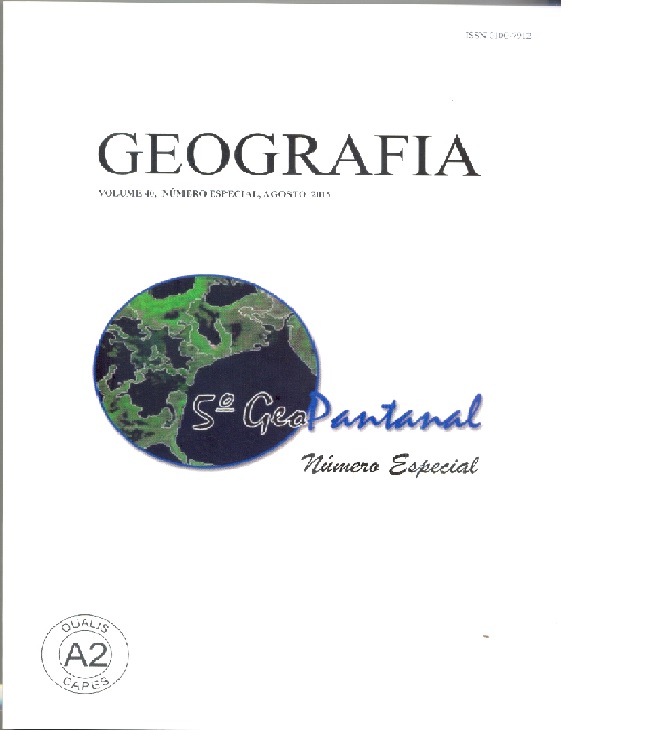AGROCLIMATIC ZONING OF CRAMBE AND BEAN FOR THE BACIA DO ALTO PARAGUAI MT, BRAZIL
Resumo
The economic activities of the Pantanal, were directly influenced by the periodic flooding process. Therefore, it became highly necessary to diversify the economic output of this region, especially in the area of agriculture. An expansion process is thus taking place in the Upper Paraguay River Basin. This study, therefore, aims at performing zoning for cultivation of the Crambe and common bean in the Mato Grosso portion of the Upper Paraguay River Basin. This research was conducted in the University of Mato Grosso - UNEMAT Campus of Tangara da Serra - MT. Data on the temperature and precipitation from 38 meteorological stations were provided by the National Institute of Meteorology - INMET, Forecasting Center Weather and Climate Studies - CPETEC and the Secretary of State and Environmental Development - SEDAM / RO. For the Crambe seeding culture done without utilizing the irrigation systems after the time 9, increases the risk of cultivation failure. In light of this fact it becomes evident that the lack of water is the main limiting factor for cultivating Crambe in the area under study. However, in general, most of the area available in the Upper Paraguay River Basin is able to sustain bean cultivation during all the sowing dates studied. Sowing Crambe from the first to the seventh day of the ten-day period is acertained as good for the fullest extent of the Upper Paraguay River Basin, whereas for the bean this period stretches until the ninth or ten-day periodDownloads
Publicado
Edição
Seção
Licença
Os autores mantém os direitos autorais e concedem à GEOGRAFIA o direito de primeira publicação, com os artigos simultaneamente licenciados sob a Licença Creative Commons BY 4.0, que permite o compartilhar e adaptar os artigos para qualquer fim, desde que sejam dados os créditos apropriados e as disposições dos direitos de imagem, de privacidade ou direitos morais. Outras atribuições legais podem ser acessadas em: https://creativecommons.org/licenses/by/4.0/legalcode.en.
Geografia, Rio Claro, SP, Brasil - eISSN 1983-8700 está licenciada sob a Licença Creative Commons BY 4.0





